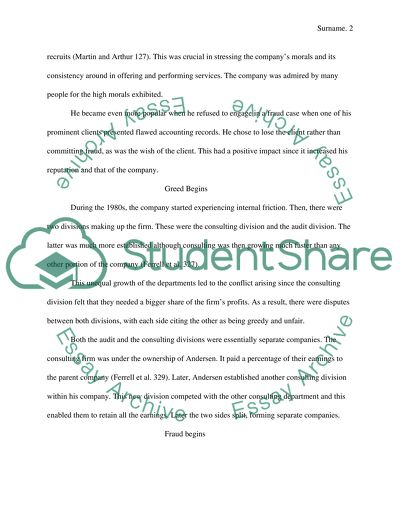Cite this document
(“Rthur Anderson Scandal Essay Example | Topics and Well Written Essays - 2000 words”, n.d.)
Retrieved from https://studentshare.org/marketing/1449713-arthur-anderson-scandal
Retrieved from https://studentshare.org/marketing/1449713-arthur-anderson-scandal
(Rthur Anderson Scandal Essay Example | Topics and Well Written Essays - 2000 Words)
https://studentshare.org/marketing/1449713-arthur-anderson-scandal.
https://studentshare.org/marketing/1449713-arthur-anderson-scandal.
“Rthur Anderson Scandal Essay Example | Topics and Well Written Essays - 2000 Words”, n.d. https://studentshare.org/marketing/1449713-arthur-anderson-scandal.


